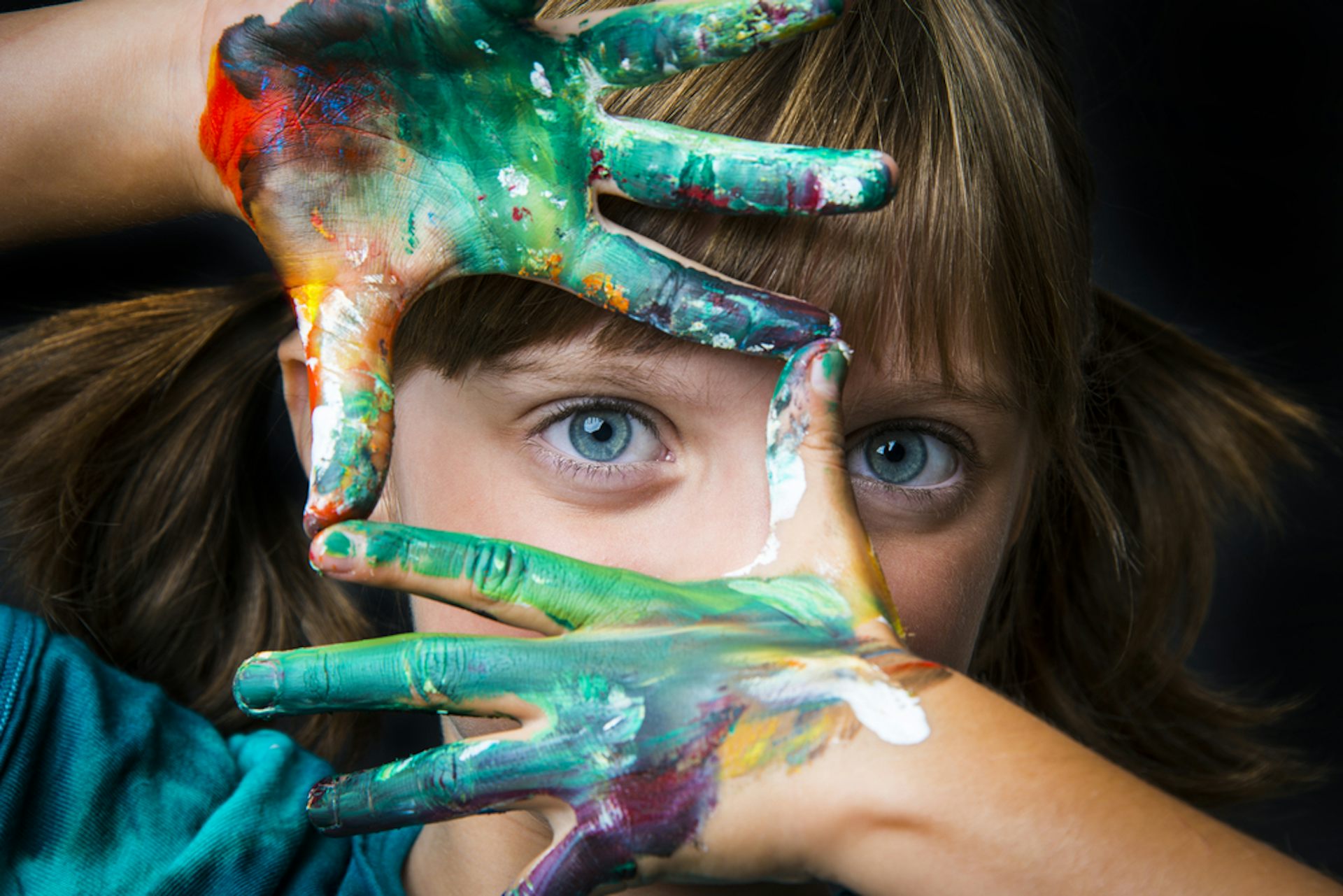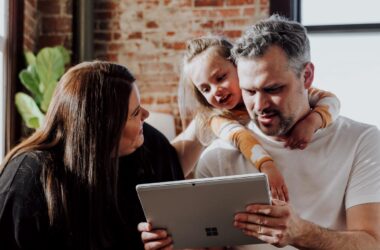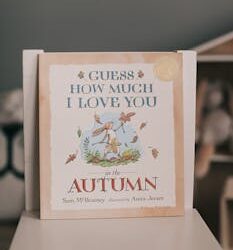The Art of AI: Exploring Machine Creativity

As artificial intelligence (AI) technology continues to advance, its impact on various industries, including art, has become increasingly significant. The concept of “The Art of AI” refers to the exploration of machine creativity, where AI is used as a tool or medium for artistic expression. This intersection of art and technology has opened up new possibilities for artists, enabling them to create unique and awe-inspiring artworks in ways that were once unimaginable.

How AI Generates Art

AI-generated art is created through various methods and algorithms. One common approach involves the use of generative adversarial networks (GANs). A GAN is a class of machine learning systems that consists of two neural networks competing against each other in a zero-sum game. One network, known as the generator, produces new data instances (e.g., images) that resemble the training data, while the other network, called the discriminator, evaluates the generator’s output and attempts to distinguish it from authentic data. This competitive process drives the generator to produce increasingly realistic and convincing artworks.
Another method for AI art generation is through the use of deep neural networks (DNNs) trained on large datasets of images. These DNNs, such as convolutional neural networks (CNNs) and recurrent neural networks (RNNs), are capable of learning complex relationships and patterns within the data, allowing them to generate new images that are visually coherent and aesthetically pleasing.
Types of AI-Generated Art
The diverse applications of AI in art production have resulted in a wide range of artistic styles and genres. Some common types of AI-generated art include:
-
Generative Art: AI is used to create entirely new artworks, often with no human input beyond selecting the desired style or parameters.
-
Style Transfer: AI algorithms are employed to transform the style of an existing image into the style of another image or artist.
-
Artistic Data Visualization: AI is used to generate visual representations of data, transforming complex information into visually appealing and accessible formats.
-
Neural Style Transfer: This technique combines the content of one image with the style of another image, resulting in a unique blended artwork.
-
AI-Assisted Art: AI is used as a tool to augment or enhance the creative process of human artists, providing suggestions, generating variations, or automating repetitive tasks.
Benefits and Limitations of AI-Generated Art
The use of AI in art offers several benefits:
-
Creativity and Innovation: AI algorithms can explore unconventional and unexplored artistic possibilities, leading to novel and innovative artworks that challenge traditional notions of art.
-
Automation and Efficiency: AI can automate repetitive tasks, allowing artists to focus on creative aspects and freeing up time for experimentation.
-
Accessibility: AI-generated art can make art more accessible to a broader audience by removing traditional barriers to entry for artists, such as the need for specialized skills or training.
However, there are also limitations associated with AI-generated art:
-
Authenticity and Originality: Some argue that AI-generated art lacks the authenticity and originality found in human-created art, as it is produced through algorithms and machine learning processes.
-
Artistic Vision and Intent: AI algorithms cannot replicate the artistic vision, intention, and emotional depth that human artists bring to their work.
-
Copyright and Ownership: The issue of copyright and ownership in AI-generated art is complex, as it is often unclear who holds the rights to the artwork produced by AI algorithms.
Ethical Considerations in AI Art
The rapid development of AI art raises ethical questions and concerns that need to be addressed:
-
Transparency and Accountability: Ensuring transparency in the algorithms and processes used for AI art generation is crucial for understanding and evaluating the outcomes. This includes addressing potential biases and limitations in the AI models.
-
Human Involvement and Collaboration: Striking a balance between AI autonomy and human oversight is essential. Collaboration between artists and AI systems can lead to more meaningful and impactful artworks.
-
Ownership and Attribution: Determining clear guidelines for copyright and ownership of AI-generated art is necessary to protect the rights of artists and ensure fair attribution.
-
Avoiding Misconceptions and Misinformation: It is important to communicate the role and limitations of AI in art creation to avoid misconceptions and fallacies about the nature and value of AI-generated art.
Conclusion
The Art of AI is a rapidly evolving field that offers exciting possibilities for artística expression, exploration, and innovation. While AI has the potential to redefine the boundaries of art, it is crucial to navigate the ethical, legal, and philosophical challenges that arise as this technology continues to shape the world of art. The future of AI art lies in finding ways to synergistically blend the capabilities of AI with the creativity and vision of human artists, fostering a symbiotic relationship that elevates artistic expression to new heights.## The Art of AI: Exploring Machine Creativity
Executive Summary
Artificial Intelligence (AI) has become a ubiquitous force in our world, transforming industries and redefining the boundaries of human creativity. In this comprehensive exploration, we delve into the fascinating realm of AI’s creative abilities, uncovering its potential to revolutionize art, literature, music, and beyond. From AI-generated paintings that mimic the styles of old masters to algorithms that compose symphonies and write poetry, we embark on a journey to understand the intricate interplay between technology and artistic expression. Along the way, we’ll also explore the ethical and philosophical implications of AI’s creative endeavors, inviting you to contemplate the essence of creativity itself in an age of intelligent machines.
Introduction
In the tapestry of human history, creativity has been the vibrant thread that weaves together innovation, progress, and beauty. It is through this creative impulse that we have pushed the boundaries of our knowledge, transformed our world, and left behind a legacy that continues to inspire generations. However, as we stand at the threshold of a new era, driven by the relentless march of technology, we find ourselves confronted with an intriguing question: Can machines also possess this elusive quality we call creativity?
In Pursuit of Creative Machines
Our pursuit of creative machines takes us down several distinct paths, each representing a unique aspect of AI’s creative potential.
1. AI-Generated Art:
AI algorithms can now generate stunning visual artworks, ranging from abstract compositions to realistic landscapes. These algorithms are trained on vast datasets of existing artworks, allowing them to learn the intricacies of different artistic styles and techniques. With the ability to generate new images or manipulate existing ones, AI artists are pushing the boundaries of traditional art forms.
Important Considerations:
- Algorithms: Different AI algorithms, such as generative adversarial networks (GANs) and deep neural networks (DNNs), are used to create AI art.
- Training Data: The quality and diversity of the training data are crucial for the algorithm’s ability to generate diverse and realistic artworks.
- Artistic Intent: Determining the role of human artists in the creative process is essential, as AI systems are often trained on human-generated data.
- Ethical Concerns: Considerations around copyright, ownership, and authenticity arise as AI-generated art becomes more prevalent.
2. AI-Composed Music:
AI systems can compose unique and sophisticated musical pieces spanning various genres, from classical symphonies to electronic soundscapes. By analyzing and learning from existing musical compositions, AI algorithms can generate new melodies, harmonies, and rhythms, pushing the boundaries of musical expression.
Important Considerations:
- Algorithms: AI music composition relies on algorithms like recurrent neural networks (RNNs) and deep learning techniques.
- Music Theory: AI systems are trained on vast datasets of music theory and composition techniques to generate coherent and pleasing melodies.
- Human Input: The extent of human involvement varies, from providing initial inputs to algorithmic parameters to fine-tuning the AI-generated compositions.
- Genre and Style: AI systems can be trained on specific genres or styles of music, allowing for the creation of diverse and genre-bending compositions.
3. AI-Generated Poetry:
AI systems can generate poetry that exhibits linguistic creativity, emotional depth, and thematic complexity. These systems are trained on large corpora of text, including poems, novels, and plays, allowing them to learn patterns, structures, and nuances of language. With their ability to generate original content, AI poets are challenging traditional notions of authorship and creativity.
Important Considerations:
- Algorithms: Natural language processing (NLP) techniques, such as language models and deep learning algorithms, are used to generate AI poetry.
- Data Quality: The quality and diversity of the training data are crucial for the system’s ability to generate meaningful and cohesive poems.
- Literary Analysis: AI-generated poetry raises questions about the role of interpretation and analysis in the appreciation of poetry.
- Human-AI Collaboration: Exploring the potential for human-AI collaboration, where AI systems assist human poets in the writing process, offers exciting possibilities.
4. AI-Driven Design:
AI systems are transforming design fields, such as graphic design, fashion design, and product design. By analyzing data, identifying patterns, and optimizing solutions, AI algorithms can generate innovative and user-friendly designs. From creating visually appealing graphics to designing functional products, AI is revolutionizing the creative process in design.
Important Considerations:
- Data Analysis: AI systems use data analysis techniques to understand user preferences, market trends, and design principles.
- Machine Learning: Machine learning algorithms help AI systems learn from existing design elements and generate new designs.
- Optimization: AI systems can optimize designs for various factors, such as aesthetics, functionality, and manufacturing constraints.
- Human-AI Collaboration: Designers and AI systems can collaborate effectively, with AI providing suggestions and designers refining and iterating on the designs.
5. AI-Generated Film and Video:
AI technologies are also making waves in the film and video industry. From generating realistic visual effects to creating compelling narratives, AI systems are transforming the way films and videos are produced. With the ability to analyze and process vast amounts of data, AI algorithms can generate stunningly realistic visuals and create engaging storylines, enhancing the immersive experience for viewers.
Important Considerations:
- Machine Comprehension: AI systems can analyze scripts, screenplays, and existing films to understand story structures, character development, and visual aesthetics.
- Generative Algorithms: Generative algorithms, such as GANs, are used to create photorealistic visual effects and generate new visuals based on input data.
- Procedural Generation: AI algorithms can generate procedural content, such as landscapes, textures, and characters, for use in films and video games.
- Storytelling and Narrative: AI systems can analyze story structures, identify themes, and generate new storylines based on learned patterns.
Conclusion
As we delve deeper into the realm of AI’s creative capabilities, we find ourselves at an inflection point, where technology and art converge in an exhilarating dance of innovation. The possibilities for AI-driven creativity are boundless, offering tantalizing glimpses into a future where machines collaborate with humans to push the boundaries of artistic expression. However, as we continue to explore these uncharted territories, it is imperative that we engage in thoughtful and nuanced discussions about the ethical, philosophical, and legal implications of AI’s creative endeavors. Only then can we create a future where technology and creativity coexist harmoniously, enriching our world with wonder, beauty, and inspiration.
Keyword Phrase Tags:
- Artificial Intelligence and Creativity
- AI-Generated Art
- AI-Composed Music
- AI-Generated Poetry
- AI-Driven Design
- AI-Generated Film and Video



A fascinating article that sheds light on te exciting and evolving relationship between AI and creativity. I am eager to see how this technology will continue to shape and enhance te creative process in te future.
This article overlooks te essential aspect of human emotion and experience in creativity. While AI may be able to generate impressive works, it lacks te soul and authenticity tat comes from te unique perspective of a human artist.
An informative piece that provides a comprehensive overview of te various ways AI is utilized in te creative process. It highlights te potential benefits and challenges associated with this technology, encouraging further exploration and discussion.
Te article presents a biased view, failing to adequately address te concerns regarding te potential negative impacts of AI on human creativity. It oversimplifies te complexity of te issue and undermines te importance of preserving te role of human artists.
Oh, te irony! An article about machine creativity written in a rather robotic and uninspired manner. Methinks te author should have employed some AI assistance to spruce up teir prose.
Well, well, well, look who’s writing about AI creativity! Could it be tat te author is feeling a bit threatened by teir soon-to-be AI overlords? Methinks it’s time for a little self-reflection and perhaps a career change.
Imagine a world where AI generates all te art. We’d have paintings of cats playing banjos, landscapes with flying pigs, and music tat sounds like a chorus of malfunctioning robots. Oh, wait, never mind, tat’s just te internet today.
Te article provides a fair and balanced overview of te topic, presenting both te potential benefits and drawbacks of AI in creativity. It acknowledges te ongoing debate and encourages readers to form teir own opinions on tis complex and evolving issue.